Michael Cunningham's Hours in Matera
Beauty can be found in unexpected places, and when beauty falls into the hands of one of the best writers of our time, the result is pure poetry. American writer Michael Cunningham found another one of his inspirational muses in the city of Matera, a magical place that is not only a city but also a living organism that has miraculously survived the test of time.
The History of Matera
Known as the "Subterranean City," Matera is one of the most ancient cities in the entire world and is famous for its sassi–stone cave dwellings. The sassi originated in prehistoric times and are the first human settlement in Italy. These dwellings were dug into the calcareous rock, which resulted in the creation of small caverns. For centuries, the citizens of Matera lived in these habitations that remained unaffected by industrial progress and modernization. However, with the advent of modern times, the glorious sassi became a symbol of poverty and unhealthy living conditions.
As Matera battled against dominations, earthquakes, and catastrophes throughout the course of history, its untamable spirit always prevailed in the face of adversity, pushing the boundaries of what is both humanly and naturally possible. In the 1950’s the Italian government relocated the population of the sassi site to the modern city. Later on the sassi area was regenerated, promoting tourism and becoming a natural set for many important movies from The Gospel According to St. Matthew by Italian director Pier Paolo Pasolini to Mel Gibson’s The Passion of the Christ. In 1993 UNESCO crowned Matera a World Heritage Site, and in 2019 it will become the Italian host of the European Capital of Culture.
Michael Cunningham's Ode to Matera
Matera’s timeless charm struck the author of The Hours and inspired him to write an elegy that digs into the cavernous depths of the city, connecting them with the spirit of the people who live there. The citizens of Matera have absorbed both the strength and the sense of perseverance that is emblazoned in the sassi. Therefore, this city becomes a symbol and an inspiration for the times we are living.
In Cunningham’s work, echoes from the past are often used as a tool to tell contemporary stories. They serve as a frame where past and present overlap in order to have a more essential understanding of who we are as human beings. In The Hours, the echo of Virginia Woolf's novel Mrs. Dalloway inspires the stories of two women, one who's reading the book in 1950 and one who is a modern interpretation of it in 2001. The filter of the book helps them to better analyze their human condition and deal with the threat of their extinction. Similarly, in Specimen Days, Walt Whitman’s poetry becomes a time machine that accompanies the three novellas of the book set in different historical moments.
The theme of belonging to a land or place, whether real or a psychological state of mind, is another common thread of Cunningham's work. He displays it in novels like A Home at the End of the World, Flesh and Blood, and the non-fiction Land's End: A Walk in Provincetown.
It's no wonder that a city like Matera inspired the author to go on a literary journey through time and space. Cunningham uses the city's caves to dig more deeply into the essence of human nature like Virginia Woolf aspired to do: “I dig out beautiful caves behind my characters; I think that gives exactly what I want: humanity, humor, depth. The idea is that the caves shall connect, and each comes to daylight at the present moment.”
Cunningham’s lecture began with an anecdote regarding the annual festival in honor of the Madonna della Bruna, “In the city of Matera […] an annual parade held in honor of the Madonna della Bruna (the city’s patron saint) features an elaborate, exquisitely constructed float that once it's rolled through the streets and reaches the central square, is demolished by citizens who literally tear it to pieces until there is nothing left. This serves to remind the people of Matera that every human creation, from churches to parade floats, could always be better than it is. Each year, an even more splendid float is built, and each year it’s torn apart again because perfection will always elude human efforts no matter how skilled, no matter how inspired. Matera knows about perseverance. It knows about the urge to complete that which could never be completed.”
Then the author went deep into the thought of perceiving the city as a living organism: “Matera is like a giant beehive–solid looking on the outside, but actually made up almost entirely of tunnels, passageways, chambers and chambers atop chambers. If most cities aspire to the erection of ever taller buildings, which speaks to our attempts to reach for the sky, Matera speaks to a more primal urge to barrel into the earth to be held and protected there. It seems that everything’s fragile; everything tractable was blown away eons ago. Matera is made solely of that which can resist catastrophic forces. Matera is what’s left after the hurricanes.”
And then he continued, "The feeling, which is palpable the moment you enter Matera, is that you are a rather fragile being, skating across the rock-hard surface of mortality itself. You are temporary. Matera is not.”
Matera appears to be a timeless city to the American writer whose story resonates with Earth’s history itself: “The falcons embody the harsh imperishability of Matera, a city that, in a certain sense, preys on time itself. Time, after all, eats almost everything, but it can’t seem to eat Matera. And if Matera doesn’t exactly eat time, it is unconcerned about time like the falcon is about the sky. I need to tell you a little more about Matera’s history because Matera is history, in ongoing collision with the present. It could be said that Matera is a living illustration of the fact that our histories create our present, our present creates our future, and that’s been going on nanosecond by nanosecond since the earth was formed.”
Matera inspires and shows us that persistence and perseverance are embedded in human DNA.
“Matera, still very much alive, gaunt and barren, and strangely beautiful, had stood for millennia and may stand for millennia to come. For millennia it has been telling us, silently, that we can, and quite possibly will, persist–even in a world that can seem all too ready to be free of us. We may not be much as a species–not if we look at our history, our wars, our habit of rewarding the rich and depriving the poor–but we possess tenacity, a profound and inexhaustible drive simply to go on…that verges on genius.”
Cunningham's relationship with Italy
The Italian audience had already the chance to hear the heartfelt lecture during La Milanesiana 2016 edition, a cultural festival that’s held in Milan every year created and directed by Elisabetta Sgarbi. Now it was the turn of the Italian-American community in New York to be mesmerized by the wtriter's insightful poem. After the reading, the director of the Institute Giorgio van Straten asked Cunningham some questions about his relationship with Italy, translations and writing in general. This unique occasion falls into the frame of a series conceived by van Straten–American authors speaking about their ties with Italy–that already hosted big personalities of American literature like Jhumpa Lahiri.
The American author is well known by the Italian public. His books, especially The Hours, have become big successes in Italy thanks to the beautiful translations by Italian writer and director Ivan Cotroneo.
Van Straten asked Cunningham if he was ever curious to read his books in their translated versions to see if they sound different to him. The writer replied that he certainly did and that to him sound, rhythm, and musicality are crucial in writing. In fact, that’s what he tells his students: “You should write in a way that if somebody reads a passage from your book, somebody that doesn’t speak your language, that passage still has to have something. It has to have a rhythm, a flow, spark, and music. I do read other translations to get a sense of how my writing sounds in a different language, and I also encourage my translators to take chances on my writing. I always feel like my books in English are books by Michael Cunningham, and my books translated in Italian are books by Michael Cunningham and Ivan Cotroneo.”
The relationship between Cunningham and Italy is a long lasting one. Every year he travels to Tuscany as guest of his friend, the Baroness Beatrice Monti von Rezzori, who created a writers' retreat there. Additionally, he is often invited to cultural festivals and occasions. Might be just a matter of time then that this guru of modern literature comes back to praise Italy's great beauty with its poetry.




































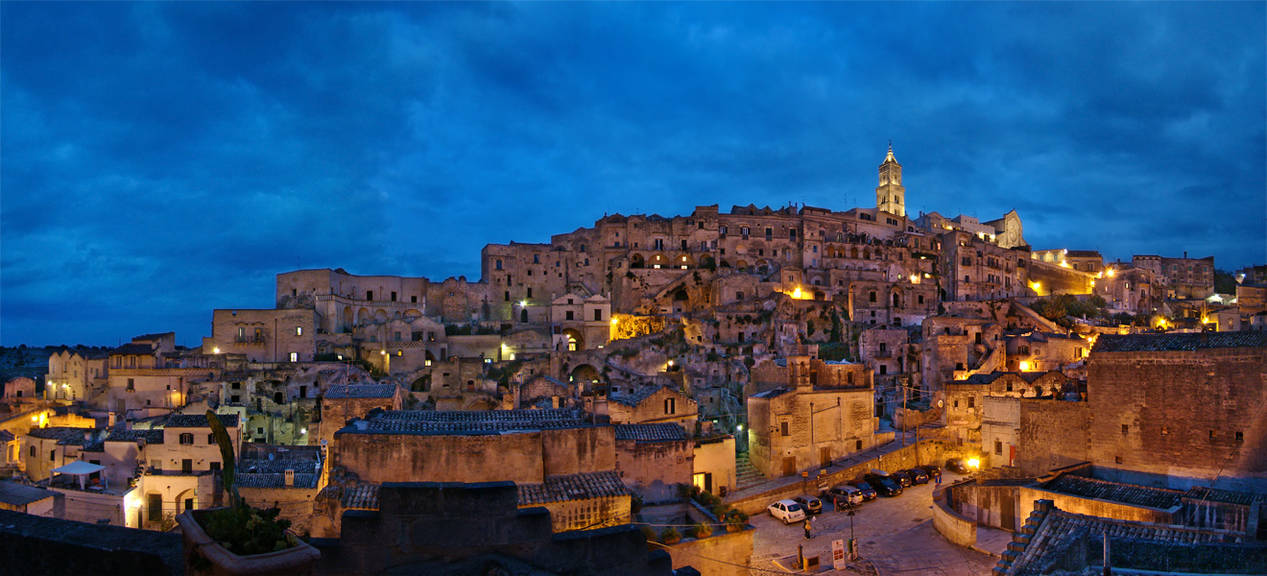





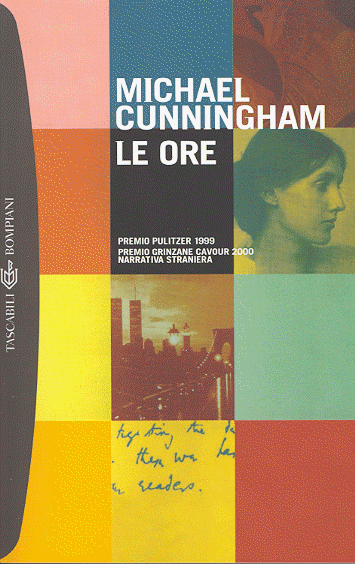




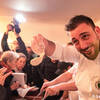
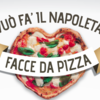
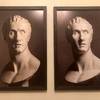
i-Italy
Facebook
Google+
This work may not be reproduced, in whole or in part, without prior written permission.
Questo lavoro non può essere riprodotto, in tutto o in parte, senza permesso scritto.